A common irrigation management practice is to frequently apply a small amount of water to turf grass. Often cycles are run every other day for residential and commercial properties, every day during drought periods.
Although such practice will keep grass green, it does not promote good health for the turf grass. Root growth is concentrated in the top 1-3 inches of soils which creates many problems for the grass plant.
For best turf health a deep root zone is desired. The deeper the root zone the better. The following are benefits;
- Increased water storage. A deeper root zone means more soil volume to store water. The grass plant has a larger water source and the frequency of irrigation can be minimized.
- Improved access to nutrients. Because the root zone is deeper, there is more opportunity for storage and access to nutrients.
- Resistance to pests. A deeper root zone will help fight damage from insects and diseases that attack the roots. Grubs are a prime example.
- Faster recovery. Deeper rooting means the plant has the physical structure and access to water and nutrients to recover sooner after abuse. Especially important for sport turf and turf receiving a lot of foot traffic.
- Improved appearance. Healthy turf is fuller and just looks nicer.
- Reduced irrigation cycles. There can be water savings realized in that an irrigation manager savvy in deep percolation will also understand how much water should be stored and when along with avoiding run-off.
How to Develop Deeper Roots
So, how can a deeper root zone be fostered? The answer is proper irrigation scheduling. Root development is lead by good irrigation. Roots are ignorant, do not hunt water by growing through dry soil and grow where water is. If deeper rooting is desired, then getting irrigation water to percolate deeper is how that’s accomplished.
The hard part is getting water to infiltrate deeper. More water must be applied in each irrigation cycle and it must be applied so as not to exceed the soil’s infiltration rate. Not much of a concern if irrigating a sandy soil, but a huge concern for all others. The finer the soil particles the slower water can infiltrate and percolate downward. That describes most of the soils we grow grass in.
Application of Irrigation
The answer is multiple applications of a small amount of water until the desired volume has been applied. Such practice is often called “Cycle and Soak”.
Example: it is desired to apply 0.8 inches of water tonight, which requires 80 minutes of operation. The soil will experience run-off after 15 minutes. We must halt irrigation after 15 minutes to avoid run-off. Dividing the 80 minute runtime by 15 minutes tells us there will be 5.33 cycles. Round up to 6 cycles, which divided into 80 minutes means 13.33, or 14 minutes, per cycle.
The question will arise as to how long to wait between cycles. That’s the “soak” time allowing the water to percolate downward through the soil profile. Typically 30 minutes is used, could be a little less.
Obviously incorporating soak times lengthens the time to apply the desired irrigation water, so managers will try to keep soak times to a minimum. 30 minutes is a common soak time, be wary of less.
A cycle and soak regimen is easy to incorporate if the irrigation controller has a cycle-n-soak routine built in. Not all of them do. If so, simply set the max cycle time and the desired soak time.
If a controller does not have a built in function, multiple start time or programs can be used. Although, it is more cumbersome to set up and not as accurate. Additionally, the cycle-n-soak function will stack run times so zones will be operating at all times. Thus, minimizing the irrigation time frame for the site.
When first establishing a deeper irrigation practice, it will take some time to build up an acceptable water volume in the deeper soil depths. Use a soil probe to measure results. Once preferred soil moisture levels are achieved, maintaining becomes easier.
Now deeper root zones are being encouraged by irrigation. Common irrigation scheduling does the opposite by almost forcing root growth in the top 1-3 inches of soil. The irrigation system can be a valuable tool for total turf health is used properly.


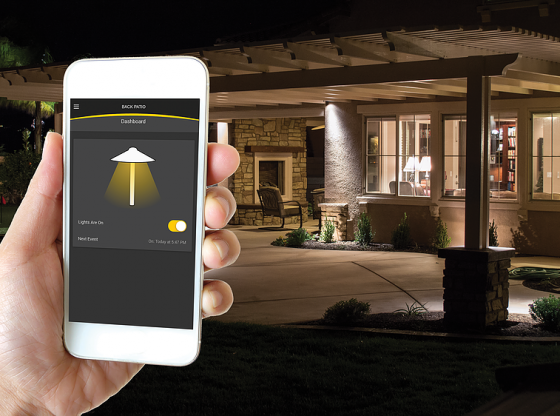


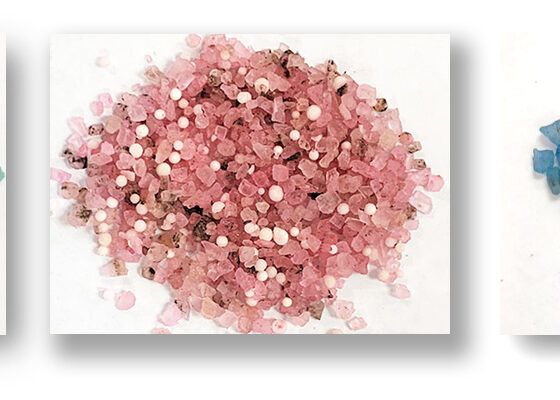
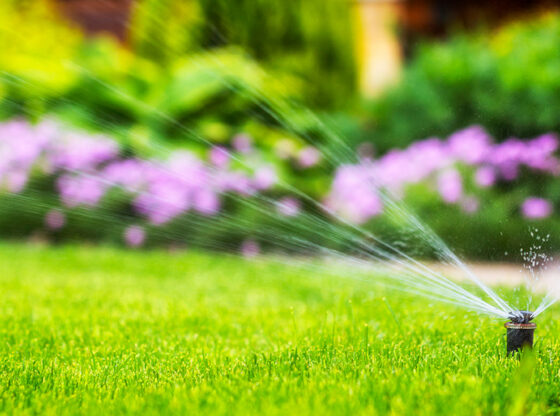
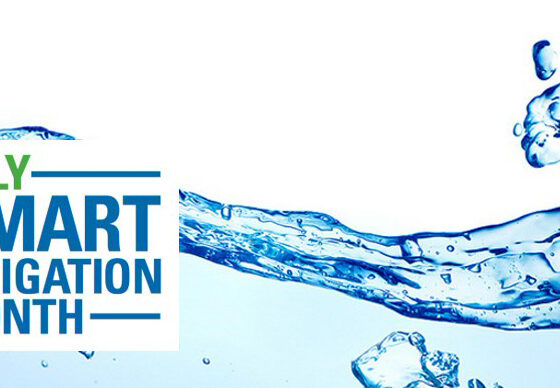


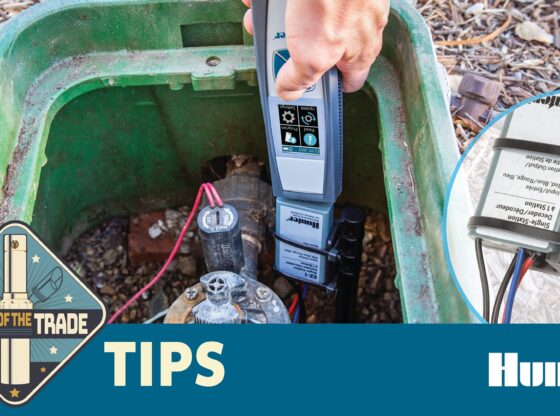

Comments